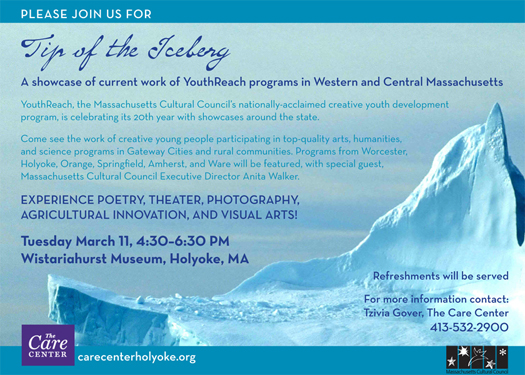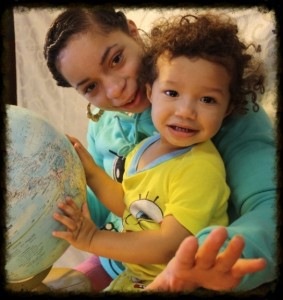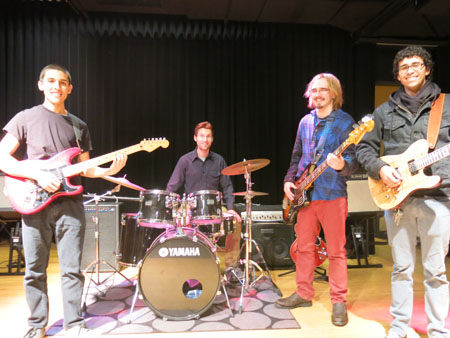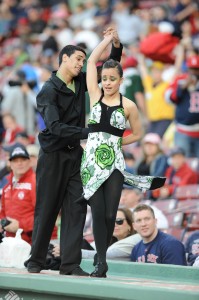

Luis Sanchez, then (2008, age 14) and now (age 23). Luis danced with Ritmo en Accíon, a dance troupe sponsored by Hyde Square Task Force in Jamaica Plain, MA, for 3 years beginning in 2005. Recently, Harvard Graduate School of Education student Lisa Yolansky had an opportunity to sit with Luis as he reflected on his years with Ritmo “back in the day.”
Lisa: How did you get so involved in Ritmo en Accíon?
Luis: I used to take classes at the Brookline Community Center, and one of the people I loved taking classes with was the Ritmo en Accíon choreographer, Burju Hurturk. She asked me to join Ritmo, which was just around the corner from my house. Over time my involvement got bigger. I actually got to perform at the White House and at a Red Sox game.
How did the opportunities to dance at the White House and at Fenway impact you?
We were like, “Wow, we are actually important. We are really doing something huge.” I think that really made me feel like I could accomplish anything, and that I could accomplish something with dance even though not everyone felt like dance was that important.
Wasn’t the work at Ritmo viewed as important?
Yes and no. A lot of people undervalue the arts and the aid the arts give. Specifically to teenagers, you know? During my teenage years, everything was awkward, and I don’t think people realized how much stability the dancing gave me.
What have you been doing since graduating high school and leaving Ritmo?
I have a lot of projects going on, but my work at Charlestown Community Center is what I am most excited about. It brings back memories of what I got as a high school student out of Ritmo en Accíon and what I can have the teenagers I’m working with get out of my program. I am one of the dance coordinators and I’m working with other young people to establish a range of arts programs. That way we can build the students’ skills and tell the community, “This is what your young people can do.”
You said you want your students to get similar things out of your program as you got out of Ritmo en Accíon. What things did you get from your work in the arts?
The thing that Ritmo en Accíon did very well was providing us with an art that we loved, but also showing us that we had to work hard, have discipline and be responsible—that we can get good results for the effort that we’re putting in. And that carries over to school because if you put in that same kind of effort you’ll get good grades, get scholarships, etc. It was also really great to be a youth member of Hyde Square Task Force and to go out and do something for the community—teach classes, paint peace signs, and just being able to use my passion to help other people.
Do you have any advice for people working with youth in the arts?
Always take the opinions of the youth members seriously. Even though [the program leaders] have the broader prospective, the youth have the inside scoop on how to make it better and on what they want to get out of it.
What do you want policy makers and funders in the arts to know?
I want them to know that in arts programs in general, there are so many benefits. The United States in particular is really missing out on using the arts. All these other countries are using the arts to prevent crime, increase motivation, and so on. We are missing out because in the U.S. people say, “oh, it’s just an arts program” instead of looking at the powerful good the arts do.
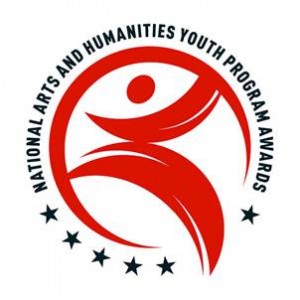 Fifty organizations from across the country have just been recognized as 2014 National Arts and Humanities Youth Program Award Finalists by the President’s Committee on the Arts and the Humanities and its cultural partners – the National Endowment for the Arts, the National Endowment for the Humanities, and the Institute of Museum and Library Services –for their work in providing excellent out-of-school arts and humanities learning opportunities to young people.
Fifty organizations from across the country have just been recognized as 2014 National Arts and Humanities Youth Program Award Finalists by the President’s Committee on the Arts and the Humanities and its cultural partners – the National Endowment for the Arts, the National Endowment for the Humanities, and the Institute of Museum and Library Services –for their work in providing excellent out-of-school arts and humanities learning opportunities to young people.
